Irminsul
'The Column of Heaven'
- Joined
- Apr 29, 2006
- Messages
- 115
- Reaction score
- 0
- Location
- Florida.
- Website
- www.flickr.com
- Can others edit my Photos
- Photos NOT OK to edit
I recently "inherited" 3 rolls (36 exp. ea.) of the title negative. I like to shoot B&W, but I wouldn't know what to do with that high an ISO number. I didn't know there was anything much higher than 1600 ISO. I guess I may end up selling it soon, but... Is it worth a try, or is this high ISO number designed to be used only for specialized or particularly creative purposes? :?:




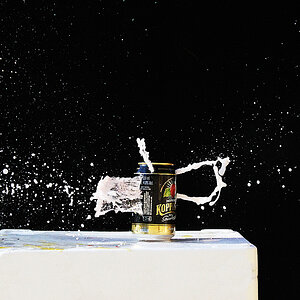
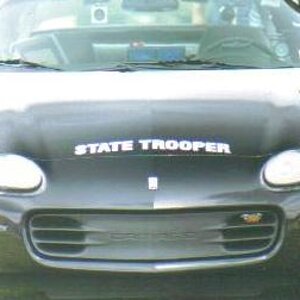
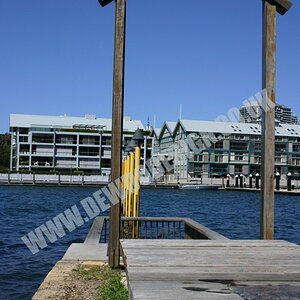
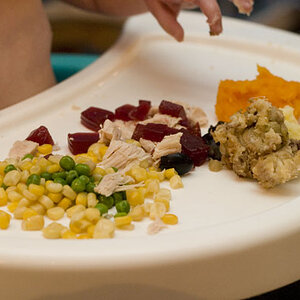
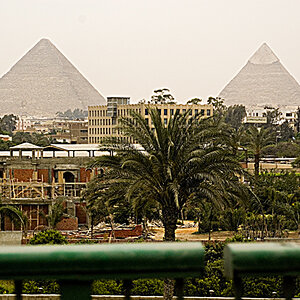
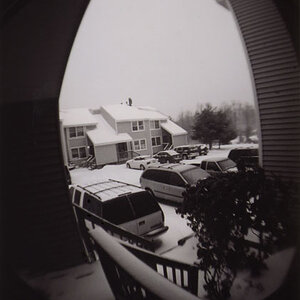


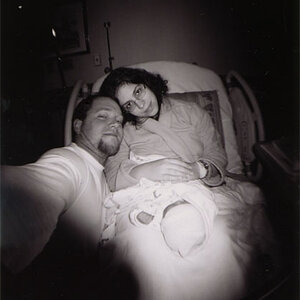
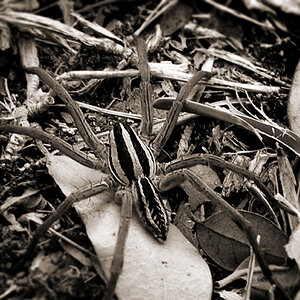
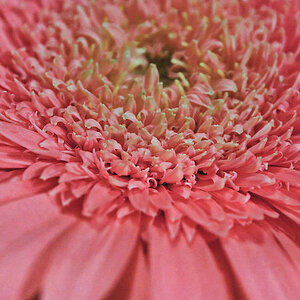
![[No title]](/data/xfmg/thumbnail/32/32808-9d1f657a1903d3bdbd67ea830397d62c.jpg?1619735668)